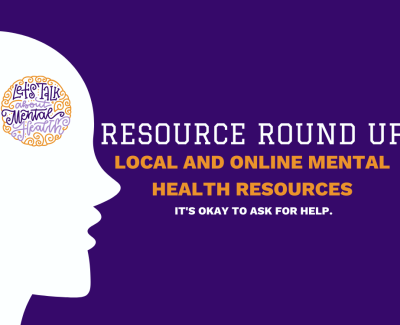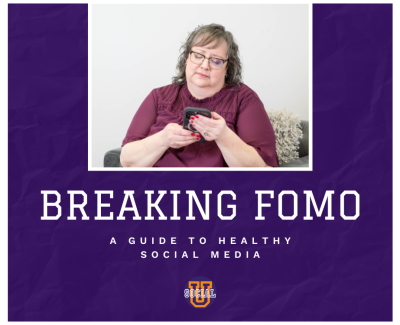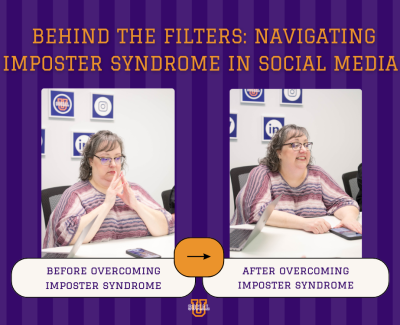
Today I’m talking about the best-kept secret for social media, and I cannot stress this tool enough – my entire team uses this on a daily basis.
It’s our go-to, one of the first things we do when we have a new client and the most underrated tool in the toolkit. It isn’t flashy or sexy, but it is so super-functional.
So what is this secret? It’s a content calendar.
For those who have never used a content calendar, it can streamline your efforts to where you can do a week’s worth of posting on up to three different channels in less than two hours a week.
When we start working with a client, we typically start with an audit. We go through their information and check their insights to kind of see where they are and how they’re doing. Once we know what content is working or is not working, it helps us nail down where to post, what audience to target and how often to post.
So why do you need a content calendar? Who cares?
Save time and energy
There’s nothing more draining than sitting down every single day and thinking, “What am I going to post today?” And when you do it for more than one or two or 20 people, it’s overwhelming. When you’re a business owner, you wear all the hats: accountant, salesperson, customer service, janitor. You’re busy and you’ve got stuff to do. Using a content calendar will help you streamline your process easily by scheduling what you do on a daily basis. Whether you use Hootsuite or Planoly or Tailwind to schedule your posts, all of these are great.
Here’s where to start.
Find the dates that matter to your business
First, go through your national holidays calendar. Why does that matter? There are certain events on a calendar that matter to you. If you sell hot dogs and you miss Hotdog Day, that’s a big deal. So the first thing you want to do is glance at your calendar and make sure all the biggies are there – Mother’s Day, Father’s Day, Christmas – then look for the ones that are a little less known that work for you. If you’re a proponent of men’s health, you can’t miss Men’s Health Month in November. You want to make sure you put this kind of stuff on your calendar so it doesn’t sneak up on you and you’re ready for it.
Map it out month-by-month
After setting up your holiday schedule, brainstorm ideas or categories for two-week rotations. For example, you might do testimonial Tuesdays twice a month and the opposite Tuesdays will be meet the team content. Tweak generic topics to make them relate to you more. If you work by yourself, meet the team might not be great, but you could do a behind the scenes with some stuff you’re doing yourself. You want these to fit you specifically.
By using a content calendar to build your posting schedule, you’re able to see what works, what needs to be done and when everything needs to go live. It saves you time and makes your life easier. What used to take you an hour every single day now takes you an hour and a half weekly.
Once you’ve got ideas for two-week rotations, you’ll start filling in your information. Another good thing about creating a content calendar: when Facebook crashes, which happens more than people realize, you’ve got a backup and can see what’s going on.
Glance it over
Most importantly for our use, you can easily see the rotation. I can look at a glance and say, “I just did a testimonial two weeks ago, it’s really not time for me to do it again,” or “I just used this exact same image a month ago, I don’t want to reuse it so soon.” Scrolling through your Facebook or Instagram feed is a pain, but this allows you to quickly glance and make sure everything is incorporated into your schedule.
Your content calendar can also help you see whether you’re promoting too little or too much. You want to make sure you’re following the 80/20 rule so it’s not all promotion. Of course you need to tell customers about your business, but you also need content about what’s going on around you. About a third of your content should generate leads; about a third should come from sources that align your business with other businesses, and about a third should engage with followers directly, whether it’s answering questions or reposting user-generated content. You never want to over-promote.
Brainstorm and store it for later
Having a content calendar also gives you a location to save your ideas and inspiration. I might think of the coolest post for Saturday, but it’s Monday, or I have a neat idea for Halloween that’s three or four months away. Instead of just trying to remember it, I can go and put it into my content calendar so I have it. It makes for a good parking lot so you can make sure you don’t lose your information.
Diversify your feeds
Using a content calendar allows you to repost content from different platforms on different days. Rather than sharing your exact post from Instagram to Facebook on the same day, you can schedule the same image or caption for another day, tweaking or changing it just a bit. This saves you additional time without being boring or stale to followers or losing them in translation between platforms, especially with hashtags.
Content calendars are game changers for businesses in terms of time, engagement and content. This time-saving tool is the most under-utilized in social media because it isn’t sparkly or shiny, but it is the basis of what we do for each of our customers.




0 Comments
Trackbacks/Pingbacks